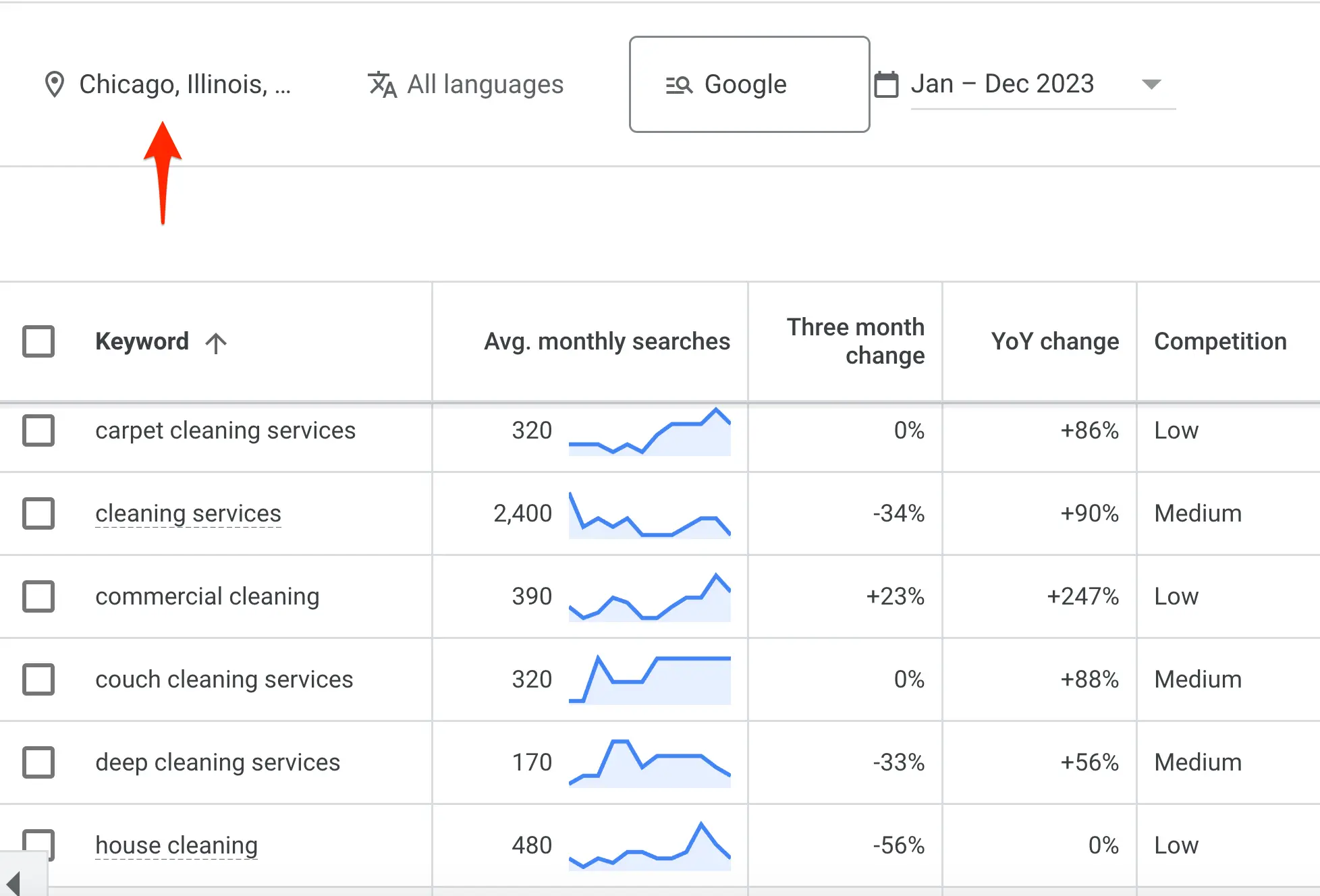Keywords are classified into different types to make keyword research easier. One type that most people talk about is high-intent keywords, also referred to as buyer-intent keywords.
In this post, you'll learn how to find high-value keywords and use them in your SEO campaigns.
What Are High-Intent Keywords?
High-intent keywords are search terms with a specific intent that often lead to business transactions, such as purchasing products or services online. These keywords have a higher conversion rate because they indicate the user's intent to act.
For example, a user searching for the keyword 'Nike men's running shoes size 10' shows the user is not just browsing but is ready to purchase a particular product.
High-Intent And Low-Intent Keywords
High-intent keywords are classified into transactional and commercial keywords, also called low-intent keywords. Both types are found at the 'conversion stage' of a digital marketing sales funnel.
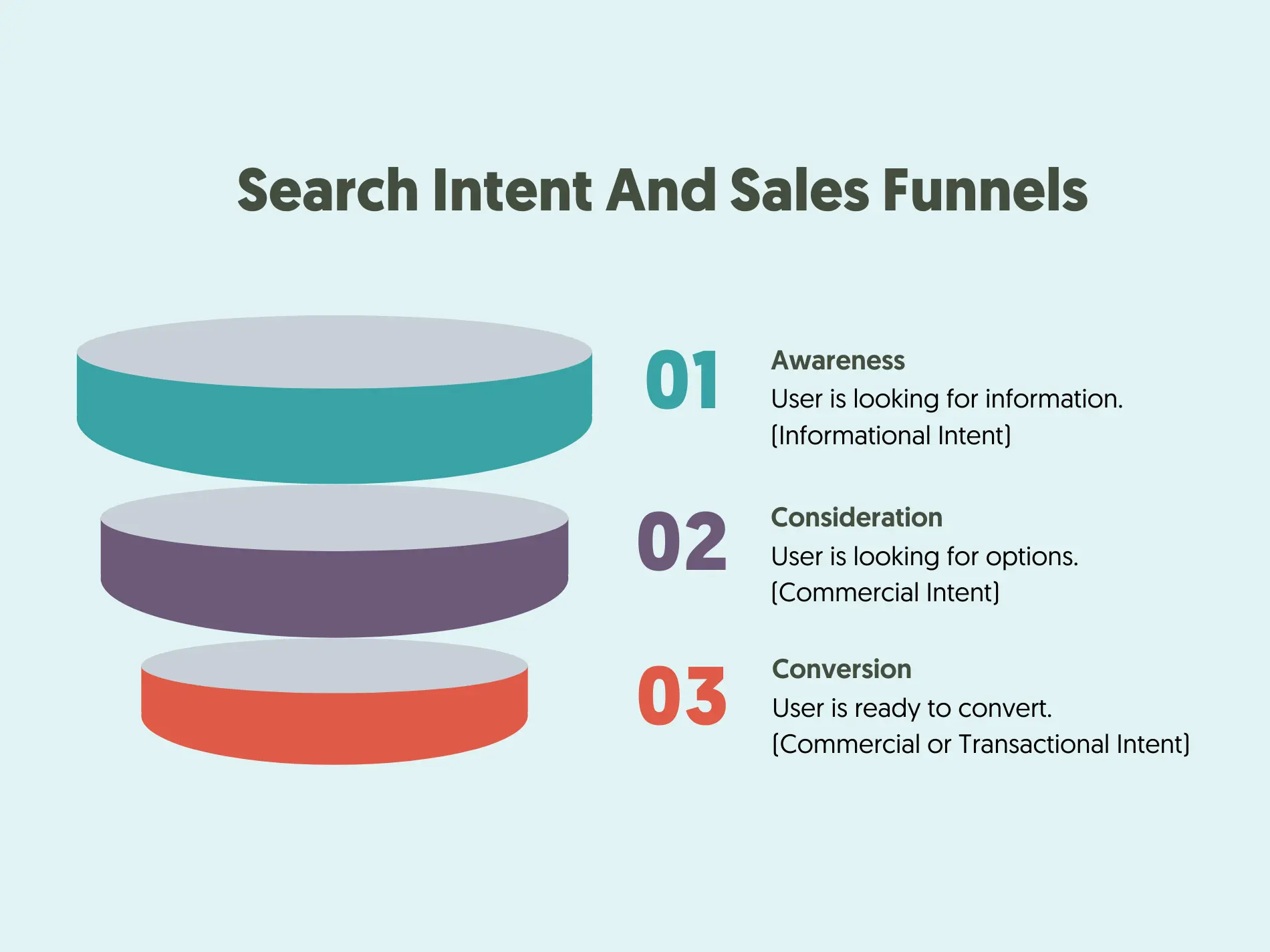
Let’s see some examples to understand the difference between the two.
Commercial intent: Users searching for “best digital marketing courses” are currently in the process of finding a good course to enroll in. It’s not certain that they will proceed to a purchase, but they are comparing options.
Other examples of commercial intent keywords include "top SEO software," "best email marketing tools," and "digital marketing agency reviews."
Transactional intent: On the other hand, users searching for "buy digital marketing course online" or "reliablesoft digital marketing course register" are ready to make a purchase. These users have done their research and are now looking to complete a transaction.
Other examples of transactional intent keywords include "buy iPhone," and "hire a digital marketing consultant."
Importance of Buyer-Intent Keywords
As you might have guessed, transactional and commercial keywords are important because they drive conversions to a business. Conversions can be anything that helps a business achieve its financial goals, which is what digital marketing is all about.
Besides conversions, high-intent keywords bring other benefits to a business:
Higher ROI: Since these keywords target users ready to take action, they often result in a higher return on investment (ROI) compared to informational or navigational keywords.
Customer Trust and Credibility: By targeting keywords that satisfy the specific needs of users, you present your business as a reliable and trusted resource, which builds credibility, leading to more conversion and repeat business.
Competitive Advantage: Targeting high-intent keywords can help you capture market share from competitors and establish your brand as an authority in your niche.
Better SEO Rankings: Pages optimized for high-intent keywords can perform better in search because they align closely with user search intent. This leads to higher click-through rates and positively impacts your SEO efforts.
The big problem with high-intent keywords is that everybody is going after them, making them too competitive for small businesses to target. We'll see below some alternative ways to deal with this problem.
How To Find High-Intent Keywords?
Finding high-intent keywords is not difficult. It's as simple as putting yourself in potential customers' shoes and thinking of what searches they might use before purchasing.
To avoid guessing, you can use these methods to confirm your ideas.
1. Understand Your Customers' Search Behavior
The first step is understanding your audience, conducting Google searches, and examining the Search Engine Results Pages (SERPs). Start by using these keywords, followed by the type of products or services.
- Buy, for example, "Buy wireless headphones".
- Cheap, for example, "cheap engagement rings".
- Best, for example, "best laserjet printers".
- deal, for example, "best deal running shoes".
- free shipping, "buy wireless speakers free shipping".
When examining the SERPs, you can skip big websites like Amazon, Target, etc., and analyze the content of websites considered your competitors.
While performing your searches, leverage Google Autocomplete to get more suggestions on other search terms you might have missed.
2. Use Keyword Research Tools
Doing Google searches will give you a pretty good idea of the high-intent keywords in your industry. To get more details on the traffic potential and keyword difficulty, you need to use a keyword research tool to perform keyword research.
In the examples below, we'll use Semrush to examine each keyword's organic potential and Google Keyword Planner to get more details about paying for ads.
Go to the Semrush Keyword Magic Tool and enter your primary keyword in the search box. This is usually the product or service you're selling.
Check commercial and transactional from the "Intent" dropdown and hit the Apply button.

This will narrow down your selection to buyer-intent keywords. For each keyword, examine the monthly search volume and keyword difficulty to decide if this is a keyword to include in your SEO strategy.
Google Keyword Planner
You can use Google Keyword Planner to find high-intent keywords for your PPC campaigns. The tool is free for Google Ads Customers (if you don't have an account, you can create one for free to use the tool).
There are two ways to use Google Keyword Planner. You can enter your website URL or products, and Google will suggest keywords to use, or you can take the keywords identified through keyword research and run them through Google Keyword Planner.
Whatever the case, it is important to check the competition and average CPC for each keyword to determine whether it is suitable for your paid campaigns.
If you're doing this for a local business, make sure you set the location correctly to get accurate results.
3. Analyze Competitor Keywords
Another way to find which keywords are more likely to result in conversions for your business is to spy on your competitors.
By entering a competitor's domain into a keyword research tool, you can see at a glance their SEO and PPC keywords.
While this is a great method to see what's working well for them, it's something that everybody does, which means that the keywords will be too competitive and expensive.
You must pay more attention to the manual keyword research method to find high-value and low-competition keywords.
Best Practices For Using High-Intent Keywords
Now that you have a list of keywords that can satisfy your business goals, the next step is to optimize your existing content or create new content to target those keywords.
Here is a list of the best practices to get the best possible results:
1. Add keywords to page titles, meta descriptions, and URLs
Page Titles
Page titles are among the first things search engines and users see, so it's crucial to include your high-intent keywords here. Make sure the title is compelling and clearly reflects the page's content.
For example, if your high-intent keyword is "buy running shoes online," a good page title could be "Buy Running Shoes Online—Fast Shipping & Best Prices.".
The page should list several running shoe models grouped into categories (men, women, etc.).
If you're selling a particular product, this should be reflected in the title, as shown in the example below.
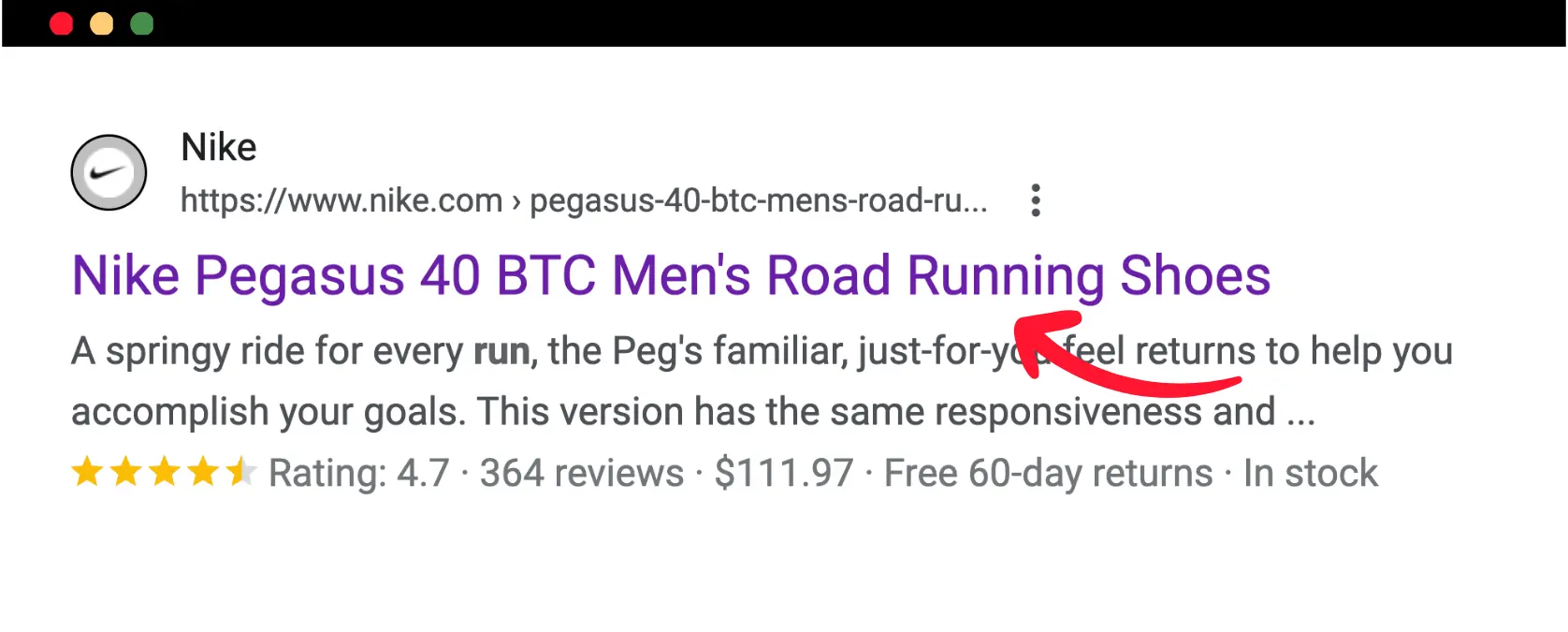
Meta Descriptions
Meta descriptions summarize your page's content and are displayed in search engine results. While they don't directly impact rankings, they influence organic click-through rates.
Ensure your meta description includes the high-intent keyword and a call to action, like "Discover the best deals on running shoes. Buy online now for fast shipping."
URLs
URLs should be clean and descriptive. Avoid long, confusing URLs with too many characters. Instead, include the high-intent keyword naturally. For instance, a URL like "example.com/best-laptops-for-students" is ideal for a page listing different laptop options.
2. Create content to match the search intent
The most important SEO factor when optimizing a page for any keyword is to have content that matches the search intent.
Search intent refers to the user's goal when typing a query into a search engine. For high-intent keywords, users seek content to help them perform a specific action, such as purchasing, signing up for a service, or requesting more information.
For example, if someone searches for "buy an underwater camera," their intent is clearly to purchase a camera.
They don't want to read what a UW camera is or endless reviews of particular models, but they are looking for product options that include descriptions, pricing information, and a clear call to action to buy the camera of their choice.
Look at this example for the term "best laser printer". The page ranking in the top position offers different printers (grouped by category) together with their best features and one paragraph summarizing their review findings.
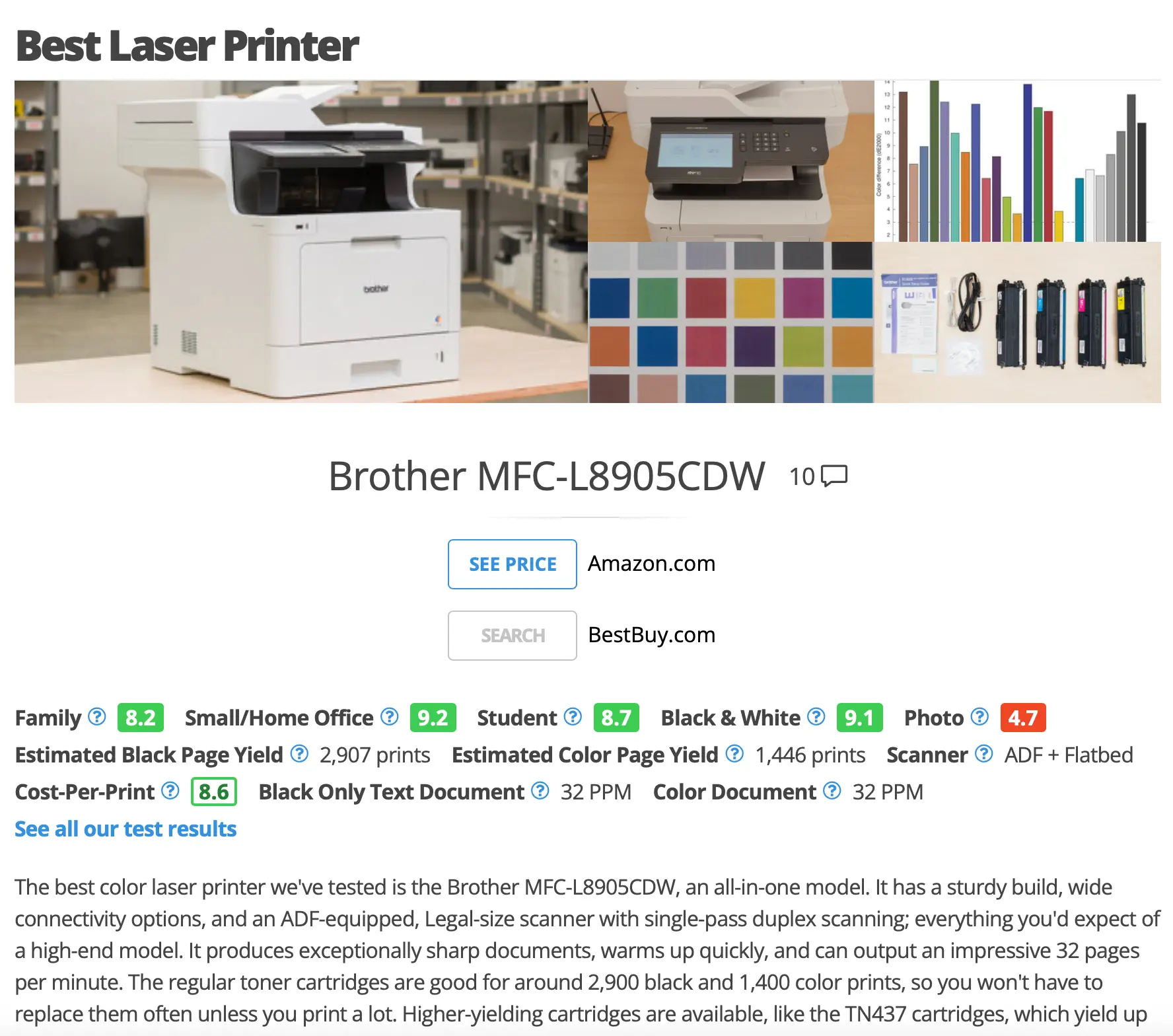
This is what most users need to make a purchasing decision. For the more demanding users, there are links to read detailed reviews of each recommended product.
3. Group keywords into topic clusters
Grouping keywords into topic clusters helps create a structured and organized website, improving user experience and SEO performance.
For example, if your main topic is "best printers," you could have a central pillar page at example.com/best-printers/ that provides a comprehensive overview of the best printers available.
Supporting pages could be dedicated to specific brands or types, such as example.com/best-printers/brother and example.com/best-printers/hp.
Each of these supporting pages would link back to the pillar page and to each other where relevant.
This link structure helps search engines recognize the importance of your pillar page and understand the relevance of your content. Additionally, it provides a clear and easy navigation path for users, making it more likely they will stay on your site longer and find the information they need.
4. Use Digital PR to get links and mentions
Following the above techniques will increase your chances of ranking high for your chosen keywords. What happens, though, when many websites follow the same practices? Who gets the top rankings?
The website with more backlinks and brand mentions from related websites will win the top positions. This is specifically true for high-intent keywords because of the huge competition.
Getting links to transactional keywords is too difficult, so you need to come up with alternatives. One way is to get links to your blog and add internal links to your product or sales pages, as shown in the diagram below.
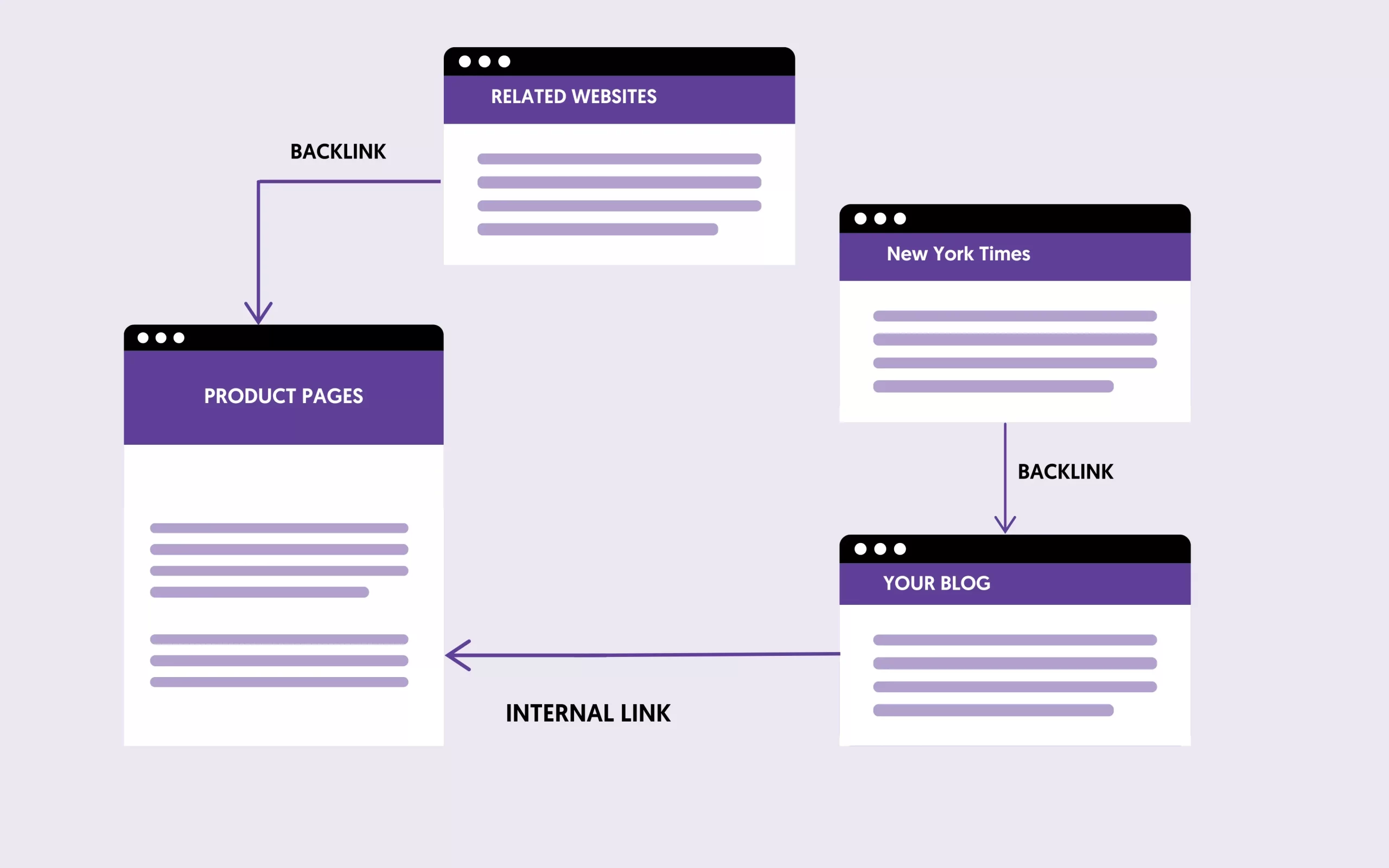
Other ways include using digital PR campaigns (including influencer marketing) to raise attention and get natural links from other websites.
For more link-building strategies, read these two guides:
What To Do If You Cannot Rank For High-Intent Keywords
What happens if you cannot rank for your preferred keywords despite following all possible SEO tips?
One effective strategy is to find long-tail keywords that are still high-intent but have lower competition. Long-tail keywords are more specific and usually longer phrases that potential customers use when they are closer to making a decision or purchase.
For example, instead of targeting the highly competitive keyword "running shoes," you could focus on a more specific, long-tail keyword like "best running shoes for flat feet" or "affordable women's running shoes for marathons." These keywords are less competitive but still indicate a strong intent to purchase.
To find these long-tail keywords, follow the same process described above. Look for phrases with lower search volume but high relevance to your product or service. Additionally, pay attention to the questions and queries your target audience is asking on forums, social media, and Google's 'People Also Ask' section.
By targeting these specific, high-intent, long-tail keywords, you can capture a more precise audience, improve your chances of ranking higher in search results, and drive more qualified traffic to your site.
Learn More About Keywords
To learn more about finding the right type of keywords and using them in your content, read our guide on the Best Keyword Research Courses. It includes various free and paid options, including our Keyword Research Course.

